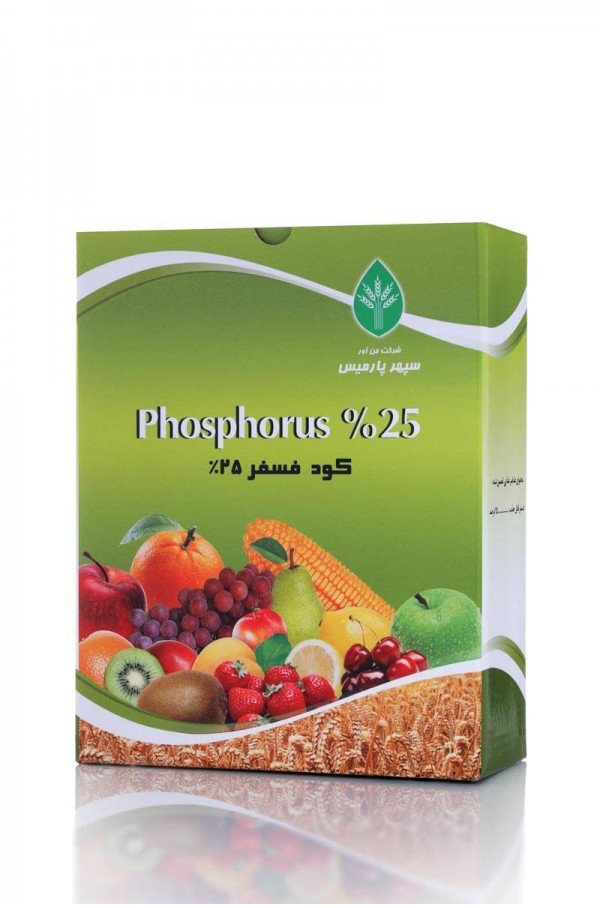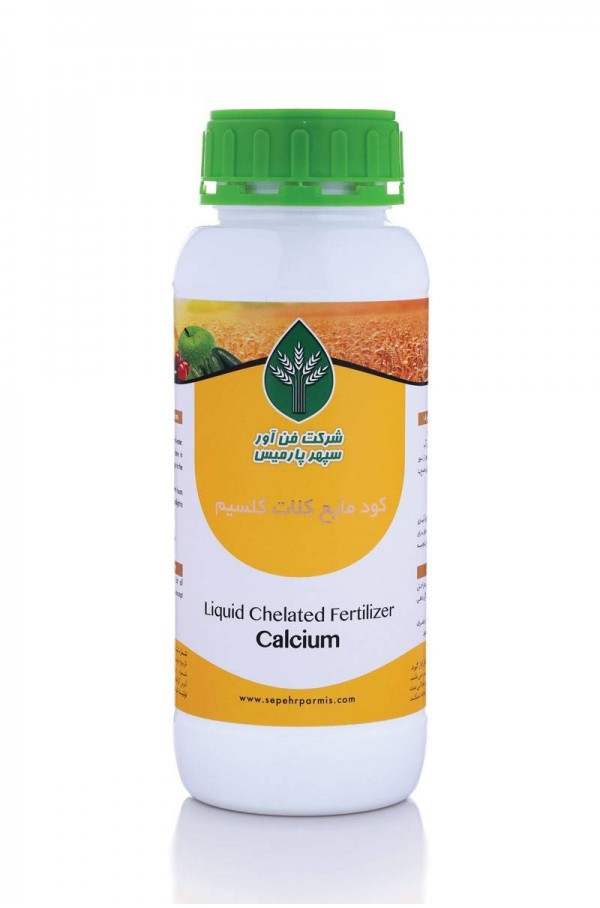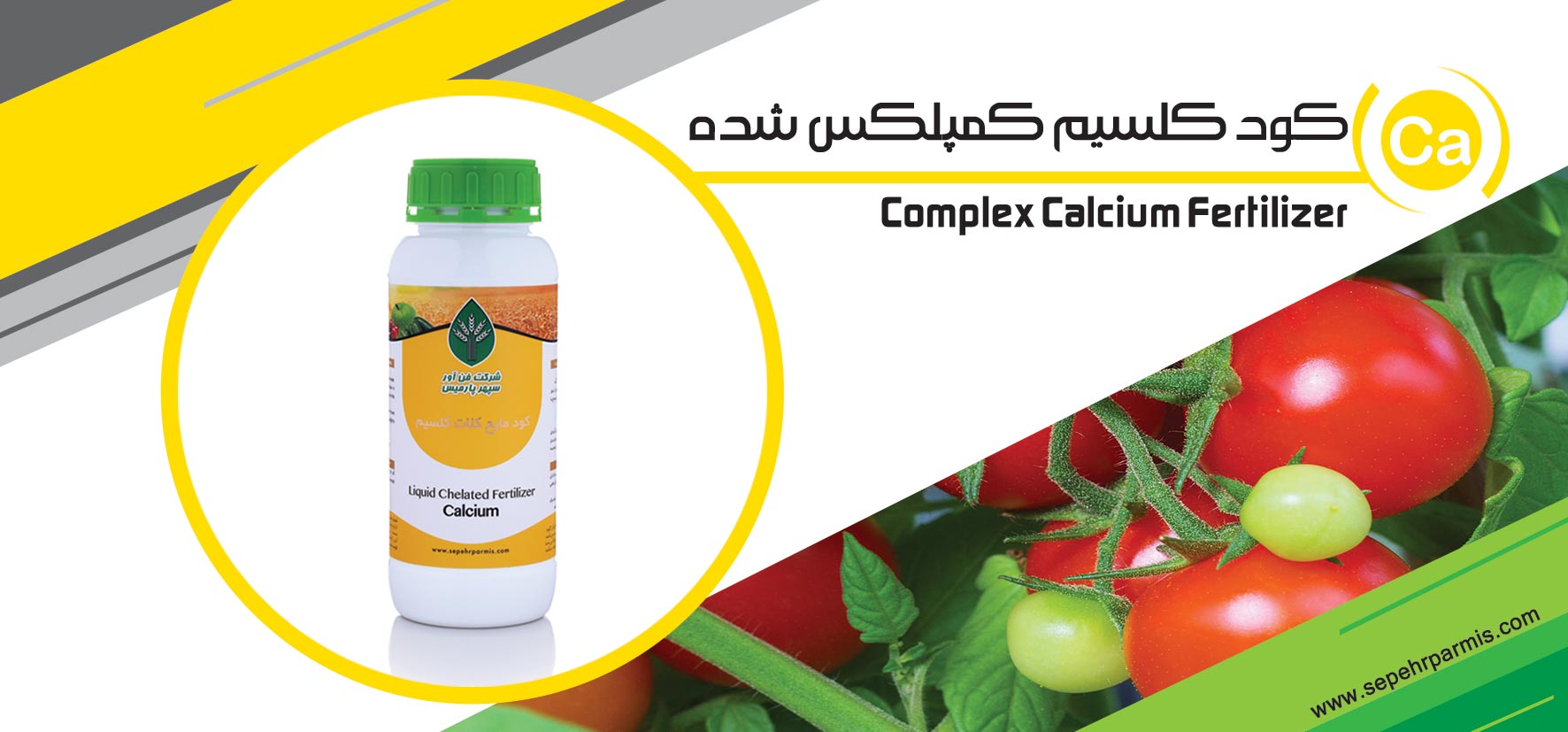
Complex Phosphorus Fertilizer

Liquid complexed calcium fertilizer treats plants, prevents calcium deficiency and is complexed and chelated with polycarboxylic acids to increase the rate of absorption. By settling in the cell wall and maintaining the structure of the cell wall, calcium maintains the freshness of the products and their shelf life, it is also effective in the strength and quality of the fruit and prevents the crushing, shriveling and corking of the plant tissue. Using this fertilizer on plants will increase the resistance of the fruits against frosting and stresses.
Ingredients (w/v) :
N 6%, Chelated Ca 7%

Foliar & Irrigation
2-3 Liters in 1000 liters of water
4-8 Liters per Hectare
During the entire stages of plant growth
By increasing the permeability of the cell membrane, Calcium element increases the shelf life and the durability of products, Calcium is necessary for cell growth and division. This element increases resistance of the plants against frosting and plays a significant role in the formation of cell walls and the preservation and stability of plant cells. Calcium element briefly increases the resistance of plant organs against mechanical damage, breakage, pests and diseases. Calcium element is involved in the production of plant enzymes and also causes the longitudinal growth of roots and branches.
Calcium deficiency causes marginal chlorosis of the youngest leaves and eventually necrosis. Also, it leads to the tubularization of the tip of the leaves towards the top or bottom, deformity and shriveling of the younger leaves near the branches. Diseases such as apple’s bitter pit, tomato’s blossom ending root, cork spot, end burn (leafs edge) of lettuce are caused by calcium deficiency.
Symptoms of calcium deficiency includes curling of leaves and drying of the tips of younger leaves.
Related Products